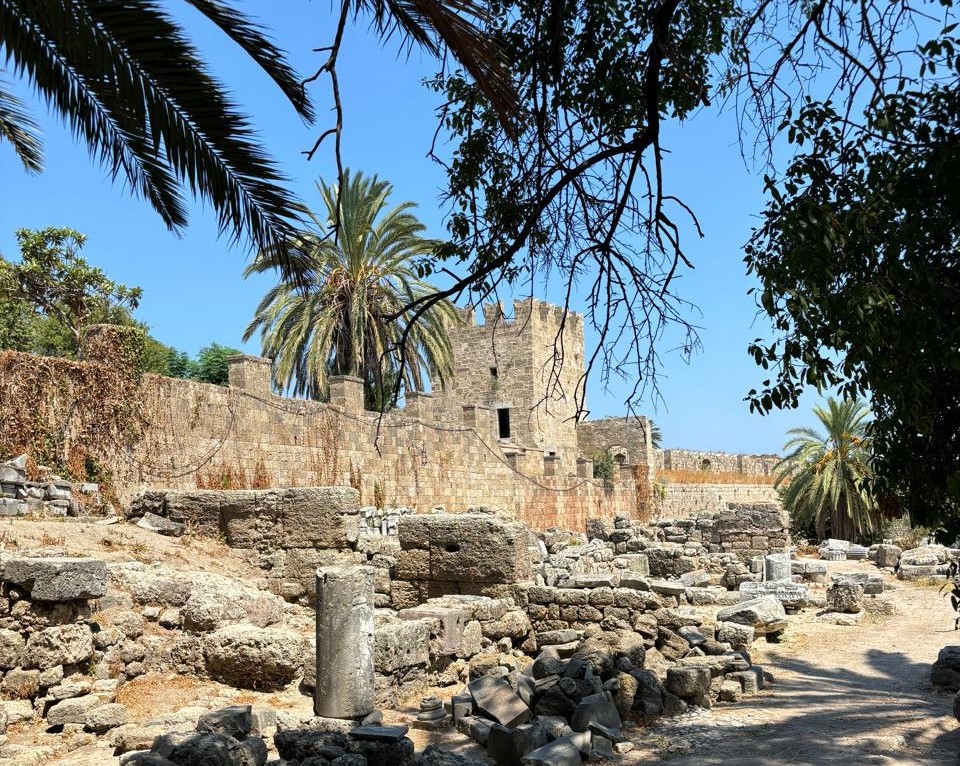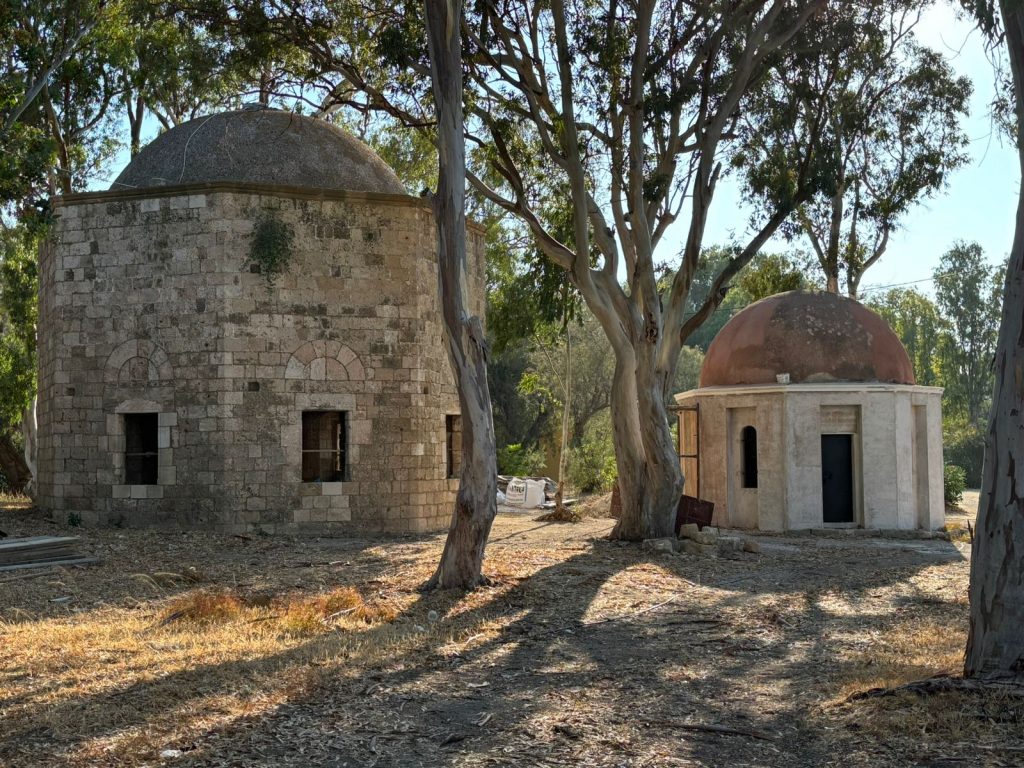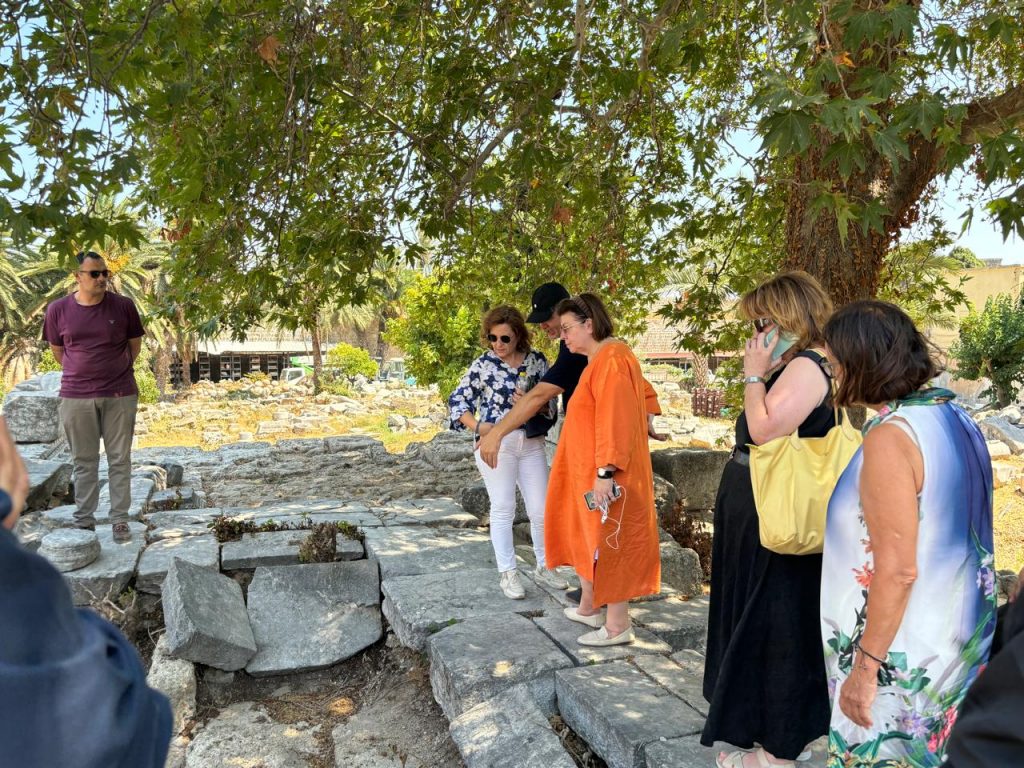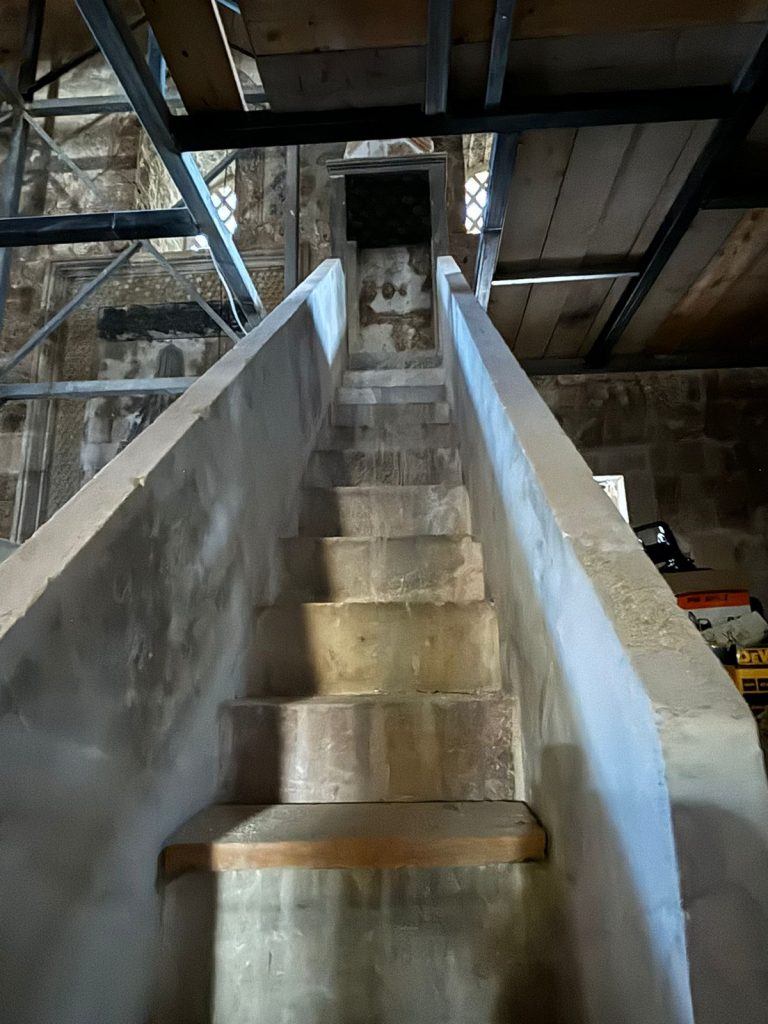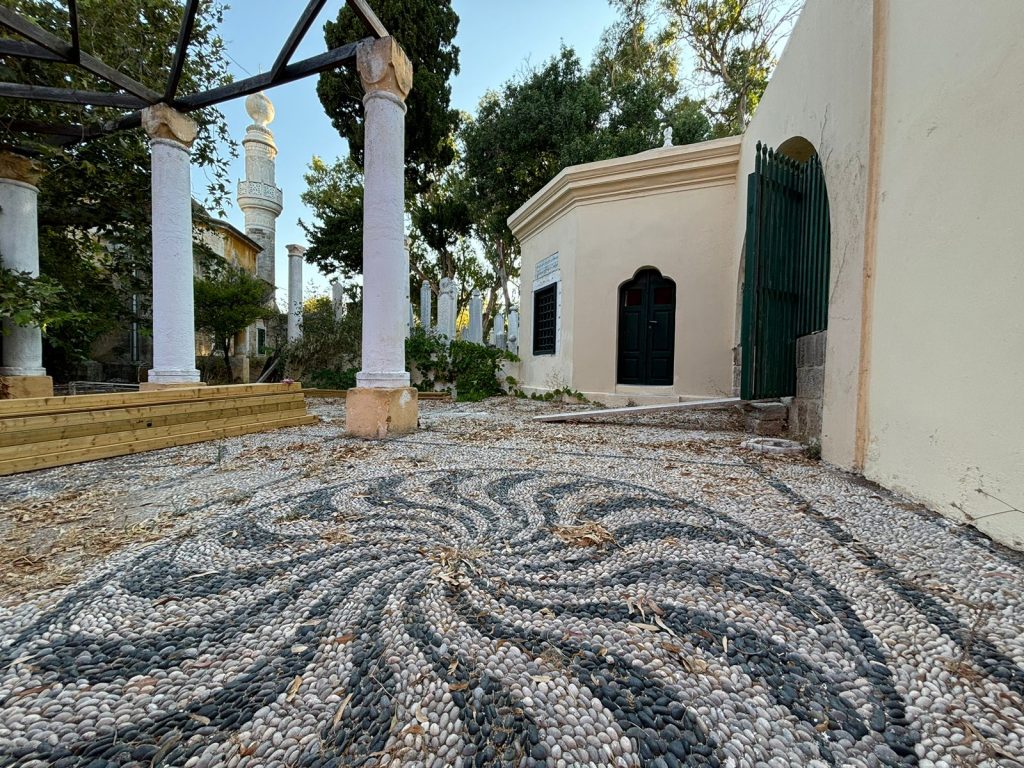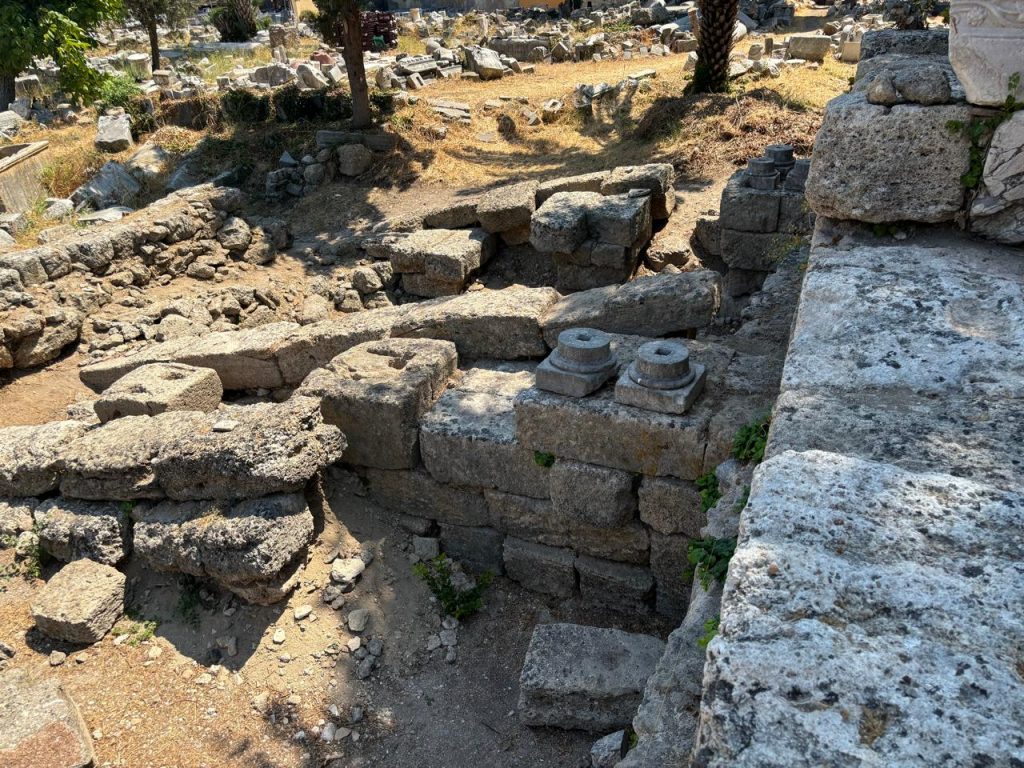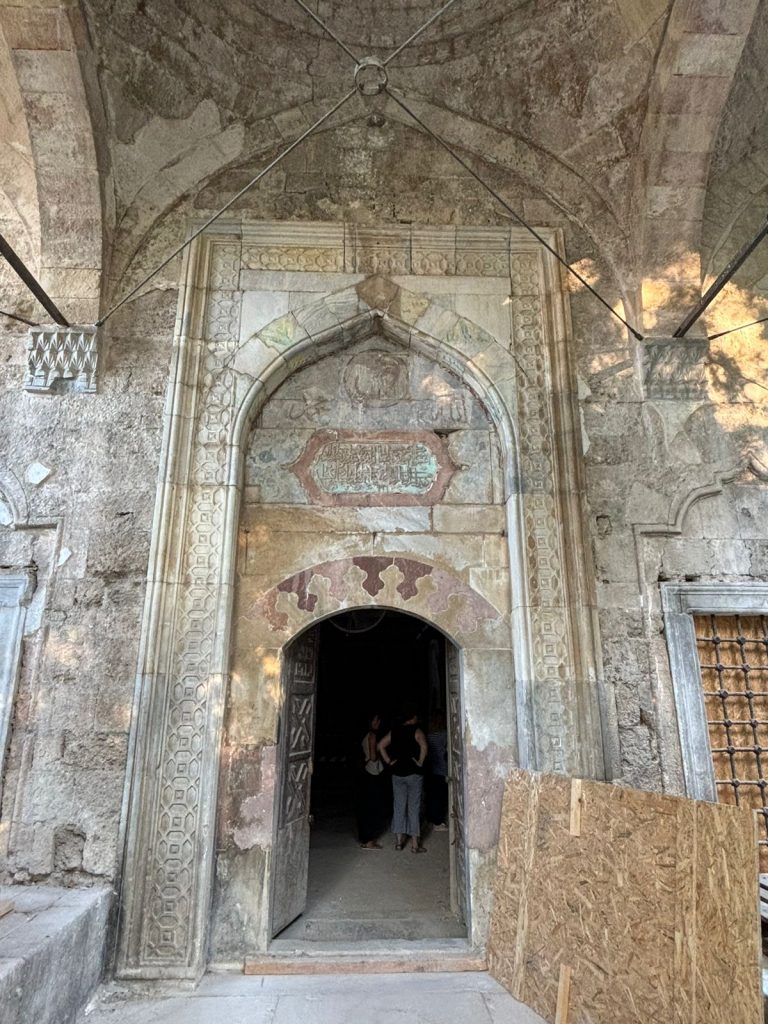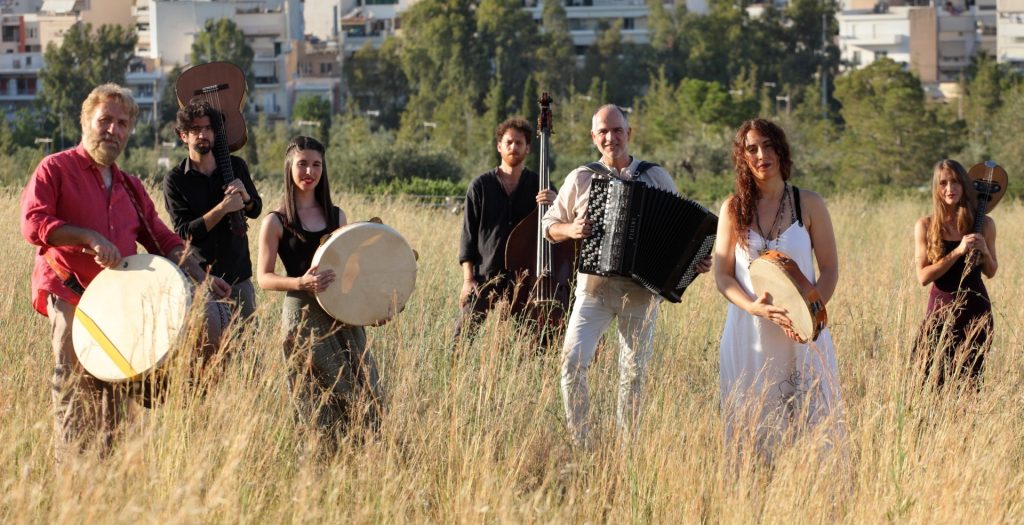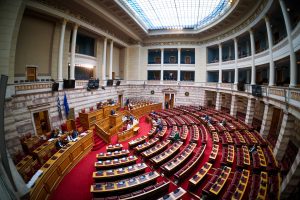The Greek Ministry of Culture is has recently focused significant attention on the Dodecanese’s ancient artifacts, investing over 50 million euros from the Recovery Fund in several projects across the South Aegean islands. This initiative aims to preserve and enhance the region’s rich cultural heritage, which comprises over 30% of Greece’s monuments.
During a recent visit to Rhodes, the epicenter of restoration activities, Greek Minister of Culture Lina Mendoni highlighted the strategic importance and responsibility of managing these cultural treasures sustainably.
Key projects include the reconstruction of the National Theatre of Rhodes and various interventions in the Medieval City of Rhodes, a UNESCO World Heritage site since 1988. Among these is the revitalization of the “Pervola” archaeological site, located in the northern section of the city, adjacent to the medieval gardens of the Palace of the Grand Masters of Knights. Scheduled for completion by the end of 2025, this project will introduce a new archaeological park spanning approximately five acres. Plans include organizing exhibitions in the ancient shipyards and the medieval gardens and creating an outdoor Sculpture Gallery.
Artifact documentation and relocation efforts in the area are underway to make way for further archaeological development. The comprehensive plan aims to connect significant monuments through an educational and recreational pathway.
Moreover, the Murat Reis Mosque, a key restoration project, is progressing on schedule. Built in 1636 and redesigned in 1797, the monument showcases Ottoman Baroque architecture with Egyptian and neoclassical influences and has been closed off from the public since 2000. The 2-acre complex, an international pilgrimage site, includes a mosque, tomb, fountain, “tekke” (dervish monastery), guardhouse, and cemetery with seven domed mausoleums.
The comprehensive restoration addresses structural issues of the mosque and mausoleums while enhancing the surrounding area. The Ephorate of Antiquities of Dodecanese is utilizing this project to display Ottoman tombstones within the complex, with 400 stones already documented and relocated.
The Recep Pasha Mosque, another vital monument dating back to 1587-88, is also undergoing restoration. This includes uncovering and preserving its intricate interior designs, stabilizing and replacing damaged elements, and restoring marble features to their original configuration. The project also involves landscaping the mosque complex and mausoleum’s exterior, adding amenities such as restrooms and storage facilities.
